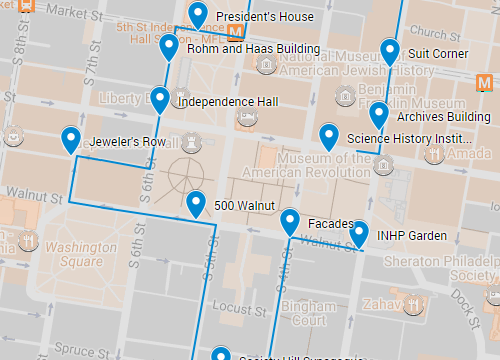Things Fall Apart
If nothing lasts forever, how and why do we save what we save?
On view June 17, 2017–April 7, 2018
Hach Gallery
Everything falls apart: compounds break down, solids crumble, surfaces rust. We’re surrounded by constant change as we reclaim, reuse, or reimagine our material environment. Yet decay is also connected to our hopes for the future and our understanding of the past. Our impulse to protect treasured objects is a desire to hold onto the stories they tell. But whose stories survive? This exhibition and walking tour explored the life and afterlife of things—and why we fight to preserve them.
Featured Artworks
Things Fall Apart also featured contemporary art by the winners of our juried competition: Aubrie Costello, Dominique Ellis, Michelle Marcuse, and José Ortiz-Pagán.
Each artist’s work offered a unique meditation on themes of change, loss, and transformation. Aubrie Costello’s ephemeral, outdoor fabric installations are subject to wind and rain, revealing the changes wrought by our environment. Dominique Ellis’s intentional manipulations of ceramics materials explore defect and damage in process. Michelle Marcuse’s cardboard architectures generate fantastic—but impermanent—landscapes of memory. José Ortiz-Pagán’s use of transformed steel and rust evokes postindustrial landscapes and the tensions exposed by time.
Press Coverage
CBS: “Elements of Life and Death at Chemical Heritage Museum”
Philadelphia Inquirer: “Decay, Rot on Display at Chemical Heritage Museum”
NewsWorks: “Audio Tour Highlights Historic Preservation Flash Points in Philly’s Old City”

Things Fall Apart: An Old City Walking Tour
As part of this exhibition, the Institute presented Things Fall Apart: An Old City Walking Tour, narrated by exhibition curator Elisabeth Berry Drago. This walking tour explored stories of decay, preservation, and renewal in this historic Philadelphia neighborhood, featuring interviews with preservation experts.
